what kind of laster is used to remove dirt from paper
For centuries, the techniques and equipment used for surface cleaning or renewal in industrial applications take remained the aforementioned. The demand for improvements, nonetheless, has grown dramatically in recent years. Laser technology is at present replacing conventional abrasive and chemic processes in many applications, such as rust removal, depainting, degreasing, activation, restoration, pre-/post-welding joint cleaning, surface preparation, decontamination, and rejuvenation. Equally a cleaning technique, lasers are increasingly popular considering they are precise, controllable, and efficient, and they generate low waste. Additionally, low waste and high efficiency are the primary reasons that laser cleaning is now considered the "greenest" or most environmentally friendly approach to surface cleaning. The only waste created is dust particles, which tin can be easily collected and removed.
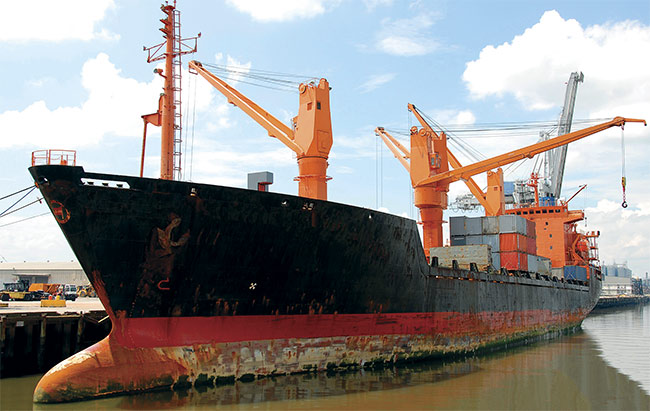
Laser cleaning uses a focused beam of calorie-free to remove contaminants. The term "ablation" denotes the processes of removing fabric from surfaces (Figure 1) and is accompanied by a shock moving ridge that propagates outward, affecting surrounding surfaces. The laser's free energy is absorbed by the surface material, which results in the production of a plasma plumage of ablation products. Various theoretical approaches have been developed to draw the ablation procedureane, and a number of studies have been performed to measure ablation parameters at different weather. Ablation thresholds have likewise been measured for a multifariousness of metals ranging from 0.1 to x J/sq cm, and these values have been found to be dependent on the light amplification by stimulated emission of radiation beam wavelength and pulse duration2. The ablation charge per unit, or the amount of material being removed, is proportional to the logarithm of a laser's ability. The efficiency of the laser beam absorption depends on the material reflectivity, the quality of the surface, and the backdrop of the contaminant on the surface.
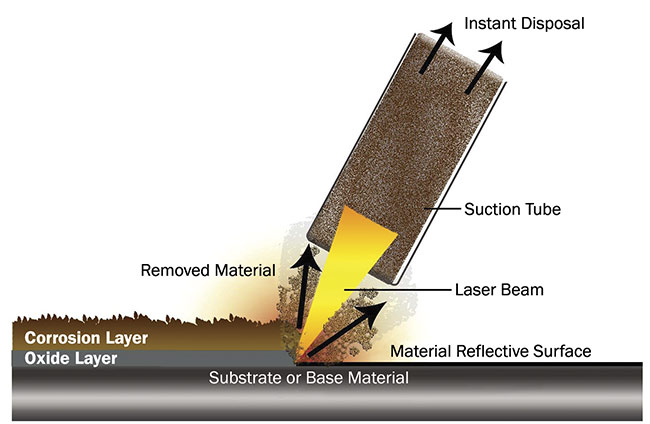
Effigy i. An illustration of the light amplification by stimulated emission of radiation cleaning process. Courtesy of Tatiana Nikitina/Light amplification by stimulated emission of radiation Photonics.
When materials are processed with a laser beam, their surface properties tin can change. In some applications, a surface must remain fine-polished, while in others, the surface needs to be rough. Therefore, for a successful finish, laser cleaning techniques should take into business relationship the backdrop of both the material existence cleaned and the material the quality of the surface, and the properties of the contaminant on the surface. to be removed.
Surface pre-/postal service-treatment
Light amplification by stimulated emission of radiation cleaning can replace chemical treatments of metal surfaces that have been prepared for a durable and premium brazed, glued, or soldered connection. Substances such as lube, grease, and hydrates can be removed in ane step using fiber lasers. The laser'southward depression-free energy and short pulses (<i mJ/pulse) at high frequencies leave a metal surface at its initial roughness. By choosing the correct powers and functioning modes, the surface profile tin can be modified according to special requirements, and surfaces can be prepared for any joining processes (Figure 2).
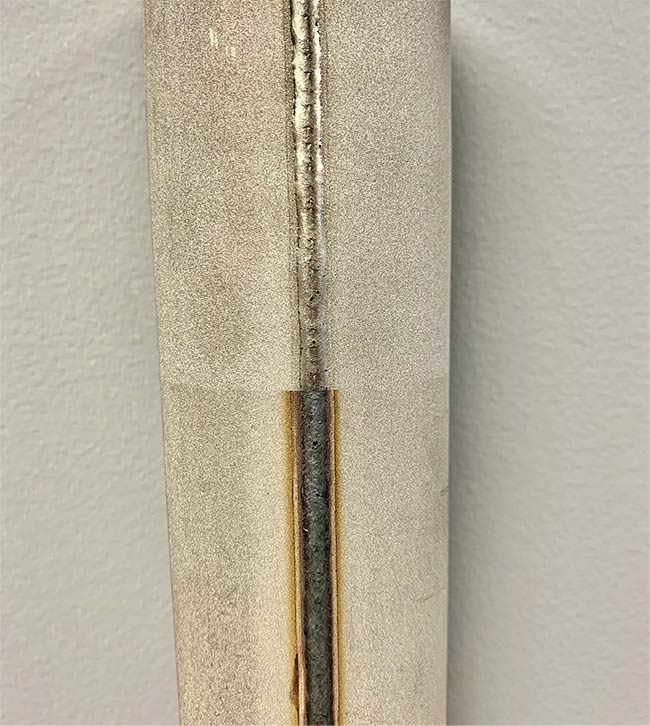
Figure two. Oxide removal from a titanium welding joint using hand-held light amplification by stimulated emission of radiation engineering science. Courtesy of Tatiana Nikitina/Laser Photonics.
A laser pretreatment can accomplish better adhesion on untreated or coated (e.g., powder coated) parts. Laser cleaning removes the top layer of coatings and all the contaminations without damaging the underlying coating. At the same time, the process provides a microroughness on the top layer, which improves glue or sealant adhesion (Effigy 3). As a mail service-treatment process performed later brazing/soldering, a articulation tin can exist cleaned to remove thermal stains, discoloration, or residues such as oxides and rest flux materials.

Figure three. Microscopic view of aluminum surface profiling with a specified caste of roughness. Courtesy of Tatiana Nikitina/Laser Photonics.
The preparation of metal surfaces for painting sometimes requires special surface profiles. If painted parts are presumed to be exposed to meaning stress, a high surface roughness is required. A laser tin can be used in this mark regime to engrave a grid of grooves of specific depth and pace. When working with metals, reflectivity must be taken into account, especially if the surface is polished and make clean. Reflectivity ranges from 62.6% (iron) to 97.iii% (copper) for a ytterbrium (Yb) fiber laser (~1064-nm wavelength) light. This mark government mostly requires higher power and/or longer processing times and should be performed with precision, which is doable with a stable setup using a well-focused axle.
Restoration and renovation
One of the nearly well-known laser cleaning applications is rust removal. Rust has high absorptivity; therefore, a thin layer tin be removed as hands as lube, making the laser a powerful tool. Similar refurbishing applications such as removing clay or anodized finishes and renovating stainless steel parts are widely adopted in the automotive industry (Figure 4). For these applications, Q-switch cobweb laser cleaners are bachelor and include both stationary and portable cleaning machines.

Effigy 4. Fiber laser rust removal and laser corrosion removal from brass. Courtesy of Tatiana Nikitina/Laser Photonics.
In industries such as shipbuilding that deal with heavy manufacturing, the removal of thick layers of rust may exist a more difficult task. Generally, when a meaning corporeality of material is beingness removed, an upflow of dust and a plume of plasma are created on the path of the laser beam. The presence of these particles results partially in beam shading and partially in the interaction of the laser beam with dust, potentially fusing waste product back to the surface and creating secondary contaminations, which can be difficult to remove. These applications require higher-power (100-W) laser setups with additional equipment for dust blowing and dust drove.
Alternately, some applications, such equally cleaning archaeological artifacts, require a gentler approach. In a inquiry study on wavelength-dependent absorptions and scattering effects of laser cleaning on a corroded iron alloy, researchers found that an Nd:YAG laser with 8-ns pulse elapsing operated at a 532-nm wavelength was safe for cleaning rust from 19th-century scale armor3.

Figure v. Fiber laser removal of thick paint from an elbow articulation used in oil and gas manufacturing. Courtesy of Tatiana Nikitina/Laser Photonics.
Generally, the shortening of pulse durations results in ablation of the showtime layer of the surface of a textile because the oestrus doesn't penetrate also deeply. At the same time, short pulses can have significant ability density considering energy is released fast. Therefore, in some applications, lasers with pulse durations reduced to an order of ane ns are preferable (as compared to Q-switch lasers that generate pulses with durations ranging from 100 to 300 ns).
Blanket removal
Certain industry operations that use metallic parts crave the removal of a metal layer covering the base metal — for case, the removal of the zinc from zinc-plated steel (Effigy v). The thickness of a zinc layer can vary from a few microns (electroplating) to millimeters (metalizing). In these kinds of operations, information technology's oftentimes necessary to do a full removal of the coating downward to the base metal surface. Zinc has loftier reflectivity (88% at 1064 nm) and a high-temperature boiling point (1665 ºF). Therefore, removing even a sparse layer requires a laser power much higher than in previously mentioned applications. A pulsed laser operating at megahertz frequencies with an average ability of hundredths of watts may be the best solution. A laser removal procedure results in a cleaner and more controllable outcome than traditional chemical or mechanical methods (Figure 6).
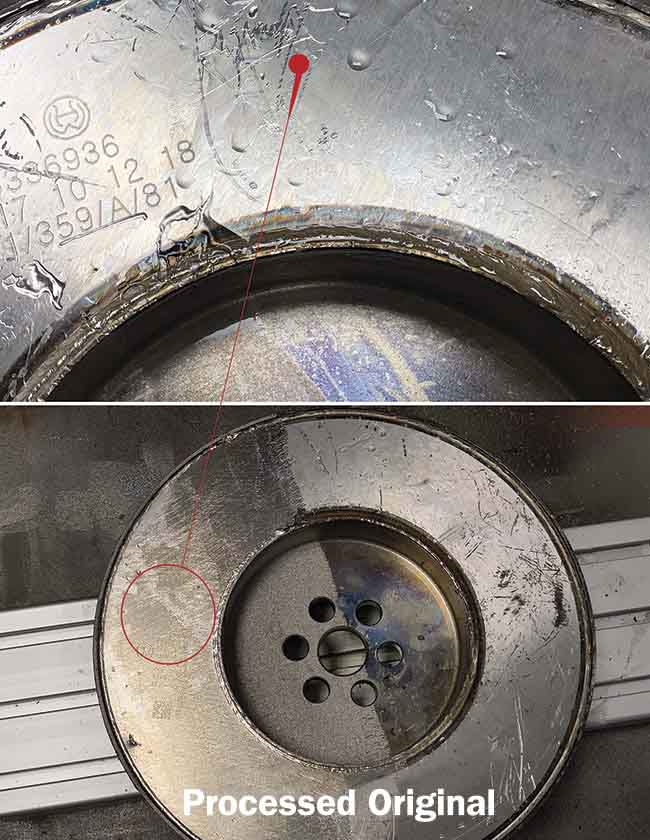
Figure 6. Fiber laser cleaning of high-viscosity liquid polymer from a diesel truck transmission shock absorber. Courtesy of Tatiana Nikitina/Light amplification by stimulated emission of radiation Photonics.
The removal of a coating of thick nonmetallic pigment or a chemical compound of metal powder with epoxy, such every bit stripping paint from shipping4, represents another blazon of challenge because these coatings are transparent or semitransparent to most laser beams. Therefore, CO2 lasers with ability levels of multiple kilowatts can be used. This setup requires a tall mobile robot with 8 degrees of freedom to reach all processed surfaces. And because CO2 laser beams are powerful and cannot be delivered with a fiber, the installation also requires a special arrangement of water-cooled mirrors. Nevertheless, this system can nonetheless be used to replace traditional depainting methods such equally chemic paint strippers, h2o picks, dry out media blasting, and hand sanding.
Although cobweb lasers do not remove paint equally efficiently as CO lasers, they can exist used with shipping in certain applications. A multikilowatt-ability continuous-wave (CW) fiber laser setup only partially removes the coatings, including the nonmetallic ones, on account of ablation of the metal nether the coating. In this case, a paint/coating is burned or evaporated with the high- temperature metal plasma plume, and daze waves kick the ashes and vapors off. Such a setup has been proven to remove even dense coatings, silicon lubricants, or thick rust. It'due south worth noting that the cleaned metal surface possesses certain roughness afterward. In general, a cobweb laser setup is more meaty, easier to operate, and can be used even in a portable or hand-held apotheosis, which may be necessary in extreme surface cleaning weather condition.
Come across the author
Wayne Tupuola is chief of operations at Laser Photonics. He is responsible for leading supply chain operations and technology development for the enquiry and development team. The squad is composed of scientists from around the earth, with more 100 years of combined experience.
References
1. S.I. Anisimov and B.S. Luk'yanchuk (2002). Selected issues of light amplification by stimulated emission of radiation ablation theory. Phys Usp, Vol. 45, Event 3, pp. 293-332, www.doi.org/10.1070/PU2002v045n03ABEH000966.
ii. P. Mannion et al. (2003). Ablation thresholds in ultrafast laser micro-machining of common metals in air. Proc SPIE, Vol. 4876, www.doi.org/10.1117/12.463744.
3. Yard.A. Yandrisevits et al. (2017). Wavelength-dependent absorption and handful furnishings on laser cleaning of a corroded iron blend European calibration armor. Lasers in the Conservation of Artworks XI, Proc LACONA XI. P. Targowski et al., eds. Torun, Poland: NCU Press, world wide web.doi.org/10.12775/3875-4.02.
4. W.Chiliad.J. 't Hart (2003). Paint stripping techniques for blended aircraft components. Structures and Materials Division, National Aerospace Laboratory (NLR), The netherlands, NLR-TP-2003-357.
Maritime Light amplification by stimulated emission of radiation Applications
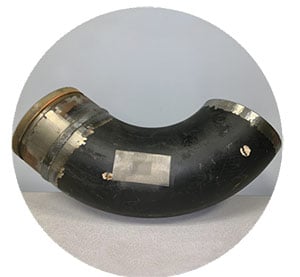
1. Pre-Welding Metal Cleaning
Efficient pre-welding treatment or fabric training, which may include rust removal, e-coating contamination, or treatment of other selective layers.
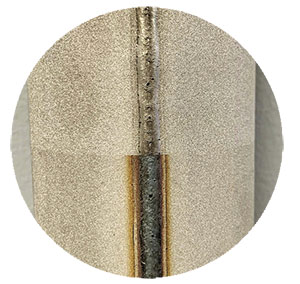
two. Post-Welding Cleaning in Preparation for Coating
Easy removal of the rough and charred postal service-welding surface area to securely adhere paint or coating to the welded textile in preparation for coatings.
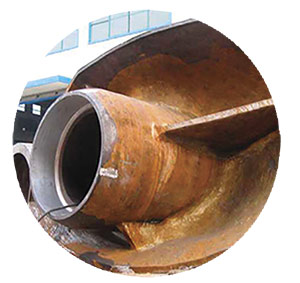
iii. Ship Maintenance Interior and Exterior
Maintenance repairs for engines, small boats, critical components, door hinges, door locks, and latches. Removal of table salt water stains and more to prevent corrosion, maintain functionality, avoid premature failures, and prevent further deterioration and damage.
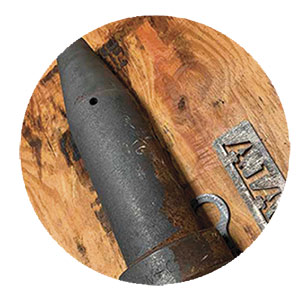
4. Assembled Component Maintenance Cleanups and Reconditioning
Smoothing of surfaces and removal of scaling from engines, generators, anchoring chains, winches, gear shifting components, throttle components, fuel pumps, and h2o separators, without disassembly.
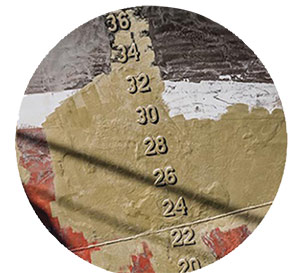
five. Parts Identification Engraving for Maintenance or Inventory Management
Marker and engraving of private parts without human evaluation of atmospheric condition.

6. Non-Erasable Service and Quality Marks Can be used for weld quality control, repair piece of work, and more on newly welded piping, loftier-pressure fuel pipes, remainder tanks, pressurized compartments, h2o pipes, and loftier-pressure vapor pipes.
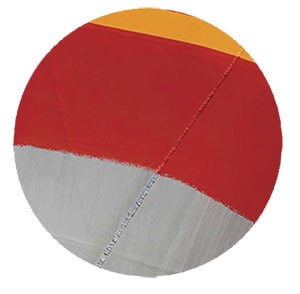
seven. Selective Depainting
Selective cleaning on access points, service latches, and more.
https://www.photonics.com/Buyers_Guide/Laser_Photonics_Corp/c8091
clubbdrationotled.blogspot.com
Source: https://www.photonics.com/Articles/Laser_Cleaning_Techniques_in_Industrial/a65391
0 Response to "what kind of laster is used to remove dirt from paper"
Post a Comment